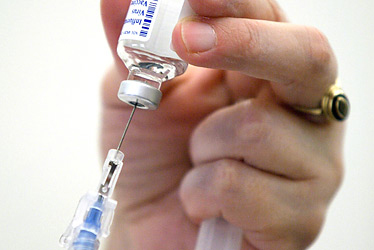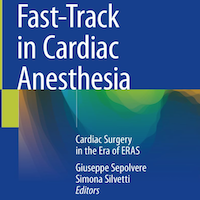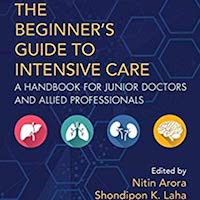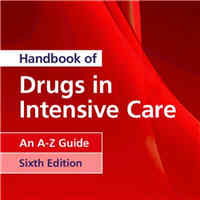Cartilage From Nose Used to Repair Bum Knees
Using cells from the cartilage in patients' noses, Swiss doctors have successfully made patches to treat 10 adults whose knee cartilage was damaged by injury.... read more
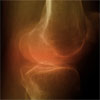
Immune system of African Americans responds more strongly to bacterial infection, and it is partly genetic
A Canada-US study has demonstrated that Americans of African descent have a stronger immune response to infection compared to Americans of European descent.... read more

Landmark genetics study to improve prediction of heart disease recruits 20,000th participant
A team of researchers from the University of Leicester and NIHR Leicester Cardiovascular Biomedical Research Unit (LCBRU) in conjunction with colleagues from Primary Care and Leicester and Leicestershire CCGs have recruited... read more

Spread of cancer linked to cell metabolism, study shows
Cellular metabolism in white blood cells can be manipulated to prevent the spread of cancer, VIB and KU Leuven researchers suggest in a new study.... read more

Impaired recycling of mitochondria in autism?
The new study shows that autophagy is defective in TSC. The scientists further showed that two existing classes of drugs counter the defect: the epilepsy drug carbamazepine, and drugs known as mTOR inhibitors.... read more

AHA Provides Guidance on Drug-Drug Interactions With Statins and CVD Medications
AHA has released a new scientific statement for managing clinically significant drug-drug interactions in patients who are prescribed statins and other agents used in the treatment of cardiovascular disease.... read more
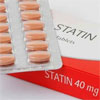
Successful treatment with fecal microbiota transplantation in patients with multiple organ dysfunction syndrome and diarrhea following severe sepsis
The outcome of treating two patients with FMT indicates that restoration of the intestinal microbiota barrier can alleviate the infection and modulate the immune response.... read more

Hydrocortisone treatment in early sepsis-associated acute respiratory distress syndrome
In sepsis-associated ARDS, hydrocortisone treatment was associated with a significant improvement in pulmonary physiology, but without a significant survival benefit.... read more

Blood products and procoagulants in traumatic bleeding
A host of preclinical and clinical studies have evaluated blood product availability and efficacy in trauma. Recently published randomized controlled trials have investigated the ratio of platelet:plasma:red cell transfusion... read more

Palliative-care boosts heart failure patient outcomes
Adding palliative care interventions to management of patients with advanced heart failure improved quality-of-life measures in two relatively small, controlled studies.... read more

Neuropilin 2 deficiency linked to inflammation-induced edema
A deficiency in neuropilin 2 receptors may result in prolonged fluid buildup after inflammation, researchers found in a study on edema and lymphedema.... read more
Targeted thyroid hormone delivery reduces off-target effects
This work provides strong evidence that targeted delivery of T3 via hybridization to glucagon can be a potent treatment option for metabolic syndrome and associated diseases.... read more

Fatty Acid Levels May Help Predict Psychosis
A new psychosis prediction model that takes into account fatty acid levels is 70 percent accurate in predicting psychosis in "ultra-high risk" patients (those who are at greatest risk of having their first psychotic... read more

Can a CT Scan Determine Lung Age?
A recent study in the American Journal of Respiratory and Critical Care Medicine sought to characterize age-related lung changes using CT.... read more

IVC Filters Provide No Advantage in Trauma Care
Trauma patients who received an inferior vena cava (IVC) filter to prevent pulmonary embolism (PE) had no survival advantage, according to a new study.... read more
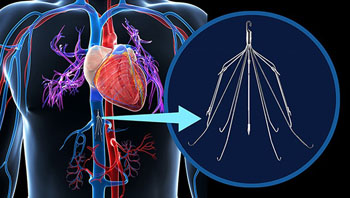
High-Flow Oxygen Not Inferior for Averting Reintubation
For high-risk critically ill patients who have undergone extubation, high-flow conditioned oxygen therapy is not inferior to noninvasive mechanical ventilation.... read more

More NOAC Comparisons See More Bleeding With Rivaroxaban: Is the ‘Writing on the Wall’?
Evidence is mounting, albeit from observational studies, that while all of the non-vitamin K antagonist oral anticoagulants (NOACs) appear to have similar efficacy in terms of stroke reduction in atrial fibrillation, they... read more

Levosimendan Doesn’t Prevent Acute Organ Dysfunction
For adults with sepsis, levosimendan does not prevent acute organ dysfunction.... read more





